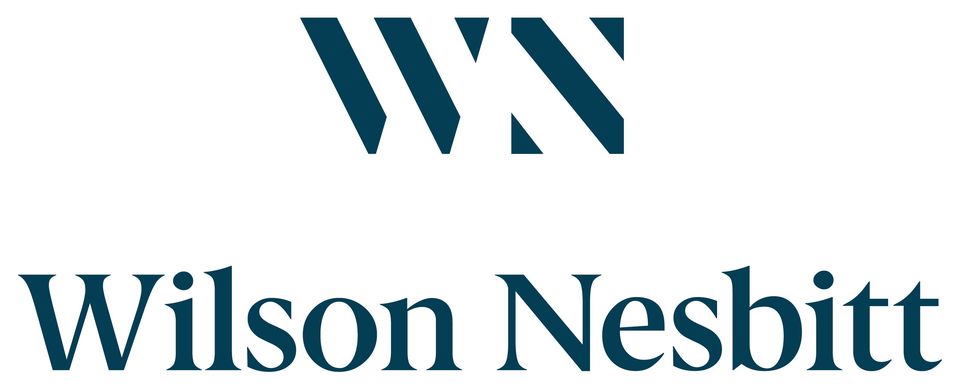As we move through the second half of 2024 and into 2025, those seeking opportunities in the property sector have much to consider.
Interest rates are still high, with the Bank of England rate now 5%. Construction costs are still high, developers are still facing tough decisions on where to spend, and ESG demands are adding pressure on landlords and property owners.
However, opportunities will arise as property owners make tough decisions about refinancing and how to deal with higher debt costs. These market conditions will likely mean that distressed assets will appear on the market, giving investors opportunities to increase their portfolio.
Landlords will need to be conscious of environmental impact and note what landlords in England and Wales face with the Minimum Energy Efficiency Standards (MEES). These standards are crossing over to Northern Ireland, significantly impacting the value of properties.
Wilson Nesbitt
Even without the MEES standards, environmental impact will still affect landlord, with banks lending into Northern Ireland expecting these requirements to be met, and property valuers pricing in the likely impact of these regulations being brought in in the future.
ESG is a big problem for those with aged office stock who may have unfavourable ESG/EPC ratings. These property owners face the dilemma of balancing high construction costs to retrofit their properties or selling at a discount to reduce exposure to any liability.
Investing in green buildings is an answer to the problem, but there’s a limit to this stock, and instead, investors have to weigh up what to do with stock that isn’t green – what’s the cost of bringing it up to standard and what needs to be done?
Over the last year, the transactions we have advised on have seen ESG feature. We led on a first-of-a-kind green loan, meaning that if the borrower met their green criteria, interest rates on their borrowing drop.
Looking at the city centre, there’s a dwindling office stock and not much in the pipeline to change this. The demand for prime Grade A office space will keep growing, with occupiers searching for the best location and best space.
There’s also still a massive demand for beds, and any investor who can provide student housing, social housing, or residential housing won’t be short of finding occupiers.
Logo
However, those developing social housing need to consider the reduction in capital budget with £111m — or 15.5% — less in day-to-day spending than what it asked for.
That means only 400 – 600 new social homes will be built in 2024-25 rather than the target of 2,000. This is worrying, especially as there are 48,000 on the social housing waiting list in Northern Ireland.
In addition, the lack of investment in water infrastructure in Northern Ireland is still materially impacting development with limits being placed on new water connections by NI Water.
Social housing is an integral part of the housing sector and underpins many developments across the country, and its scaleback will have worrying implications for contractors, developers and consultants.
For the property sector to function, new social housing is vital. Last year, we were proud to support our client’s with the development of around 300 new social housing properties.
As for where the opportunities lie, those who have cash and want to invest can make some savvy investments, particularly when it comes to taking advantage of the distressed assets, which we’ll see becoming available over the coming months.
Drew Nesbitt is a partner at Wilson Nesbitt

